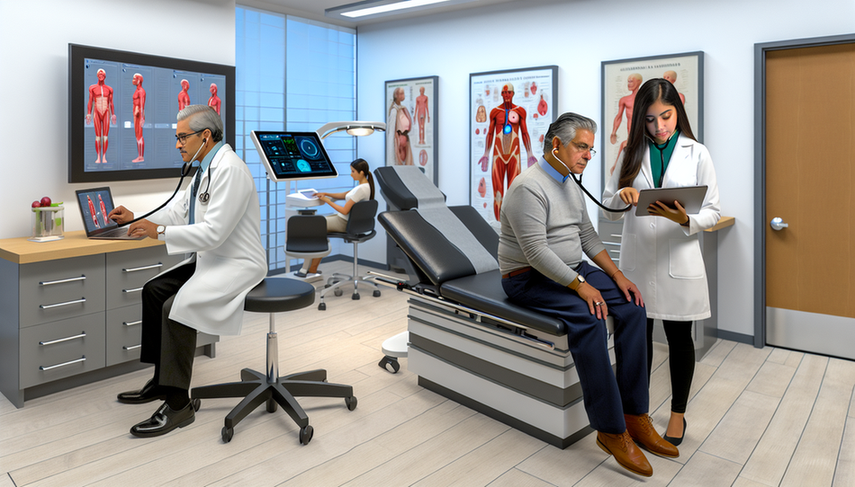Comparing Traditional Methods and Modern Tests: Enhancing Diagnostic Accuracy through Technological Updates and Result Interpretation

In the medical field, diagnostic accuracy is fundamental to ensuring appropriate treatment and improving clinical outcomes. Over the years, we have witnessed a significant evolution in diagnostic tests, transitioning from traditional methods to modern tests that incorporate advanced technologies. This transformation has been driven by the need to enhance result interpretation and embrace technological updates in clinical practice.
Diving Deeper into the Comparison
Traditional methods have been the foundation of medicine for decades, relying on techniques such as visual inspection, palpation, and the use of basic tools like the stethoscope. However, these methods often depend on the subjective experience of the physician, which can lead to variations in diagnostic accuracy. In contrast, modern tests have revolutionized medical diagnosis by integrating technologies such as artificial intelligence (AI) and microfluidic analysis, which offer greater objectivity and standardization.
A notable example is the use of AI in traditional Chinese medicine, where it has improved the consistency and accuracy of diagnoses by converting qualitative data into quantitative and objective information. This has facilitated a shift from experience-based medicine to evidence-based medicine, as described in a study on the impact of AI on traditional Chinese medicine.
In the field of ophthalmology, technological innovations such as teleophthalmology and wide-field photography have significantly improved the early detection of diabetic retinopathy, providing accessible and cost-effective solutions for remote eye care, as detailed in an article on the modern approach to diabetic retinopathy diagnostics.
Conclusions
The integration of traditional methods and modern tests is essential for enhancing diagnostic accuracy. While traditional methods provide a solid foundation, modern technologies offer advanced tools that can increase the precision and efficiency of diagnosis. The key lies in finding a balance that allows physicians to utilize the best of both worlds, thereby optimizing patient care and improving clinical outcomes.
Ultimately, technological updates in medicine not only enhance diagnostic accuracy but also open new possibilities for personalized treatment and disease management, ensuring that patients receive the most appropriate and effective care possible.
Referencias
- [1] The Impact of Artificial Intelligence on Traditional Chinese Medicine
- [2] Modern Approach to Diabetic Retinopathy Diagnostics
- [3] Advances in Nucleic Acid Assays for Infectious Disease: The Role of Microfluidic Technology
Created 13/1/2025
